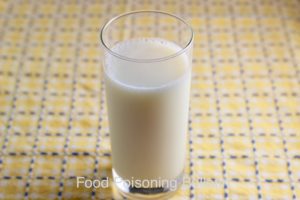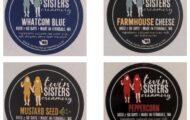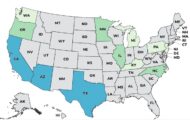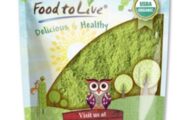A raw milk Campylobacter outbreak that sickened 31 people on Alaska’s Kenai Peninsula has left three children and one adult with reactive arthritis, a painful form of inflammatory arthritis that can last for months or sometimes years. The outbreak marks the second time in two years that raw milk has been the source of a Campylobacter outbreak in Alaska.
 Most of the people sickened in this outbreak were children. The median age for victims was 10. The age range was 7 months to 72. Two people were hospitalized.
Most of the people sickened in this outbreak were children. The median age for victims was 10. The age range was 7 months to 72. Two people were hospitalized.
“These outbreaks are an unfortunate reminder of the inherent risks associated with raw milk consumption, and underscore the importance of pasteurization,” Alaska state health officials said in their recently published summary of the outbreak. They recommend that health care providers educate families about the risks of consuming raw dairy products. Those opinions were echoed in a report published in the April issue of Clinical Infectious Diseases that looked at the 2012 Campylobacter outbreak linked to raw milk produced at the Family Cow dairy in Chambersburg, Pennsylvania.
In Alaska, consumption of raw milk is illegal unless the milk is consumed by the cow’s owner, so raw milk enthusiasts form cow or goat shares. Members of these programs are considered owners of the animals that tended by a farmer.
Campylobacter causes diarrhea, muscle plain, abdominal pain and fever. Symptoms can last up to 10 days and can be especially hard on young children, seniors and those with compromised immune systems. Reactive arthritis is just one of the long-term complications that can develop after a Campylobacter infection, called campylobacteriosis. Another complication, called Guillain-Barre Syndrome, causes paralysis and can sometimes be fatal.




